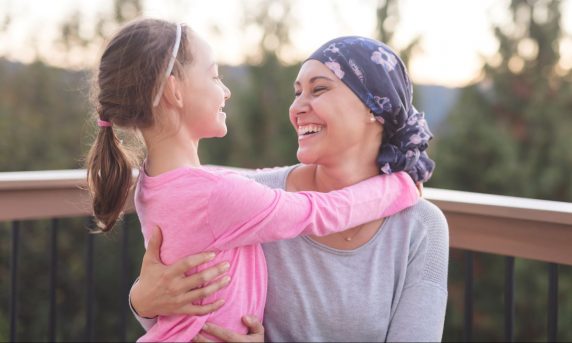We all know exercise is good for your heart, your weight and even your mood. But could your daily workout actually help protect you from cancer?
We asked Andrew Salner, MD, medical director at Hartford HealthCare Cancer Institute. Here’s what he had to say.
The science is clear.
Experts increasingly agree that exercise is one of the most effective lifestyle choices for lowering cancer risk.
“The science is clear – regular physical activity plays a meaningful role in reducing the risk of several types of cancer,” says Dr. Salner.
That includes common cancers like breast, colon and endometrial. But the benefits don’t stop there.
“Exercise reduces inflammation, boosts your immune system and helps regulate hormones – all factors that affect your cancer risk,” he explains. “Exercise research, with which we are actively engaged at HHC, has demonstrated that the benefits might actually include making cancer or precancer cells less aggressive.”
> Related: 10 Tips to Prevent Cancer
The connection between your weight and cancer.
Excess weight is strongly linked to cancer – at least 13 types. That’s why staying active matters. Exercise burns calories, improves metabolism and makes it easier to manage weight over time.
“Even modest weight loss can make a difference,” Dr. Salner notes.
But weight doesn’t affect everyone the same way.
“People whose extra fat is in the waist area may be at higher risk than people whose extra fat is in their hips or thighs,” adds Dr. Salner.
The best way to approach weight loss is to focus on simple lifestyle adjustments that add up over time. Dr. Salner suggests:
- Cutting back on processed foods.
- Work on leaner sources of protein, with less red meat.
- Eating more fruits and vegetables, targeting 5 helpings of them per day.
- Aiming for progress, not perfection.
> Related: Could Ultra-Processed Foods Cause Ovarian and Breast Cancer?
The best exercise is one you’ll stick with.
When it comes to lowering cancer risk, there isn’t one “perfect” workout – the key is consistency. The best exercise is the one you’ll actually stick with long term.
“A mix of cardio and strength training is ideal, but even light movement helps,” says Dr. Salner. “Walking briskly, biking, dancing – whatever gets you moving – can help improve your health.”
Even everyday activities count. Gardening, cleaning the house, taking the stairs or walking the dog can all add up over time
> Related: What to Do When Diet and Exercise Aren’t Helping You Lose Weight
How much exercise do I really need?
You don’t have to spend hours at the gym to see benefits. In fact, even moderate amounts of activity can have a powerful impact on cancer risk.
“Most people should aim for at least 150 minutes of moderate activity per week,” says Dr. Salner. “Or set a goal of 75 minutes of more vigorous activity.”
That breaks down to about 30 minutes a day, five days a week – a goal that is realistic for most people. And it doesn’t all have to happen at once. Short bursts of movement throughout the day, like a brisk 10-minute walk after meals or a few quick flights of stairs, all help you towards your exercise goals.
Want a Weekly Dose of Health News?
Sign up for newslettersHow exercise helps cancer survivors.
Exercise isn’t only about prevention – it also plays an important role during and after cancer treatment. For many survivors, movement can be a powerful tool for reclaiming strength and confidence.
“Staying active during or after treatment helps reduce fatigue, improve mood and restore strength,” says Dr. Salner. “It’s also been linked to better outcomes – even lower recurrence risk and improved survival.”
Physical activity can also ease some of the side effects of treatment, from sleep problems to anxiety. And like with prevention, consistency matters more than intensity.
> Related: 5 Things Every Cancer Survivor Should Know
Exercise is an investment in your health.
No lifestyle change can erase cancer risk entirely, but exercise is one of the most powerful, proven strategies available.
Not sure where to start? That’s ok, advises Dr. Salner.
“Start with something you enjoy and go from there,” says Dr. Salner. “If you’re new to exercise or have a medical condition, talk to your doctor first – they can help you build a plan that feels safe, doable and something to which you’ll actually look forward to. You’ll feel better, have more energy and won’t want to give it up once you’ve gotten into the exercise groove!”



